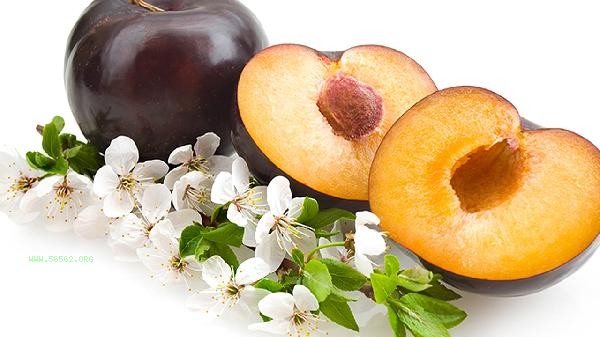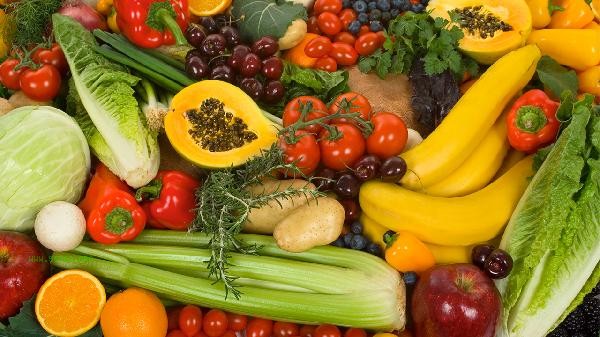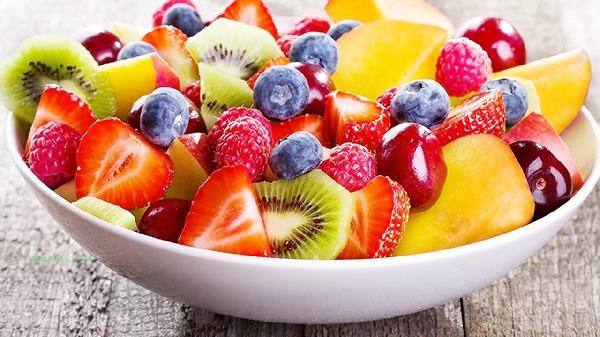The key to preventing fruit decay during transportation lies in controlling temperature, humidity, gas composition, and reducing mechanical damage. There are mainly five methods: pre cooling treatment, packaging optimization, temperature controlled transportation, use of ethylene inhibitors, and sorting and grading.

1. Pre cooling treatment
Immediate pre cooling after harvesting can quickly reduce fruit temperature, inhibit respiration and microbial reproduction. Common pre cooling methods include cold water pre cooling, cold air pre cooling, and vacuum pre cooling, and different fruits are suitable for different methods. After pre cooling, the core temperature of the fruit should be lowered to a suitable storage range, and for berries, it is recommended to control it at 0-2 degrees Celsius.
2. Packaging optimization
The use of shockproof and breathable packaging materials can effectively reduce mechanical damage caused by transportation bumps. A partition board or foam net sleeve shall be installed inside the corrugated box, and modified atmosphere packaging bags can be used for grapes and other fruits that are easy to fall off. The packaging box should have ventilation holes to prevent the accumulation of carbon dioxide, which can lead to anaerobic respiration of the fruit.
3. Temperature controlled transportation
Refrigerated trucks need to maintain a stable low temperature environment. The transportation temperature of different fruits varies greatly. Tropical fruits such as bananas are suitable for 13-15 degrees Celsius, while temperate fruits such as apples are recommended for 0-4 degrees Celsius. Real time monitoring of temperature and humidity is required during transportation to avoid condensation caused by temperature fluctuations.

4. Ethylene Inhibitors
The use of ethylene inhibitors such as 1-methylcyclopropene can delay the fruit ripening process. Especially suitable for respiratory climacteric fruits such as kiwi and avocado, it can effectively inhibit the ethylene signaling pathway, maintain fruit hardness, and extend shelf life.
5. Sorting and Grading
Strictly remove fruits with mechanical damage, pests and diseases before transportation, and transport them according to maturity grading. The use of near-infrared sorting technology can detect internal quality and prevent individual rotten fruits from producing ethylene to ripen the entire batch of goods. Fruits of different maturity levels should be loaded in separate boxes and marked with processing priorities. In addition to professional technical means, refined management of the transportation process is equally important. Before loading, the vehicle needs to be thoroughly disinfected, and severe vibrations should be avoided during transportation. Upon arrival, it should be immediately transferred to the cold storage. Develop personalized transportation plans based on the characteristics of different fruits, such as strawberries and other delicate fruits that can be transported by cold chain air, and citrus fruits that can be treated with fungicides. Establish a complete temperature monitoring and traceability system to ensure seamless connection of the entire cold chain from the origin to the sales terminal, and maximize the freshness of fruits.









Comments (0)
Leave a Comment
No comments yet
Be the first to share your thoughts!